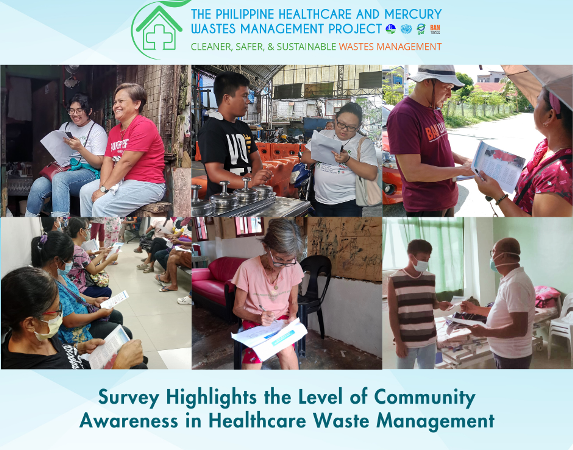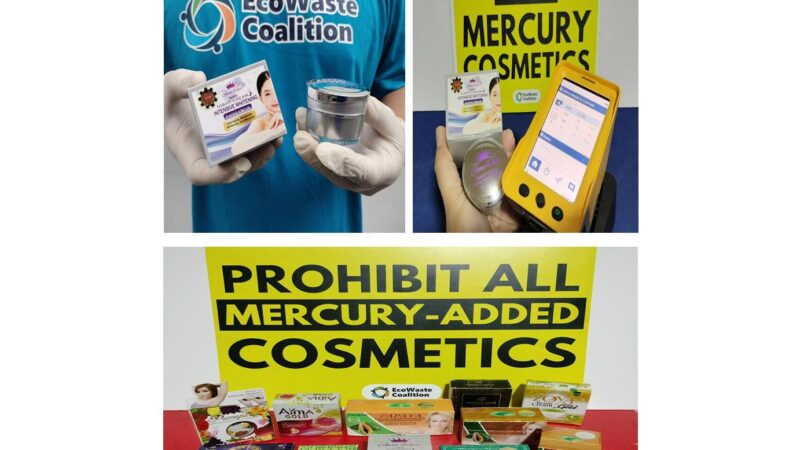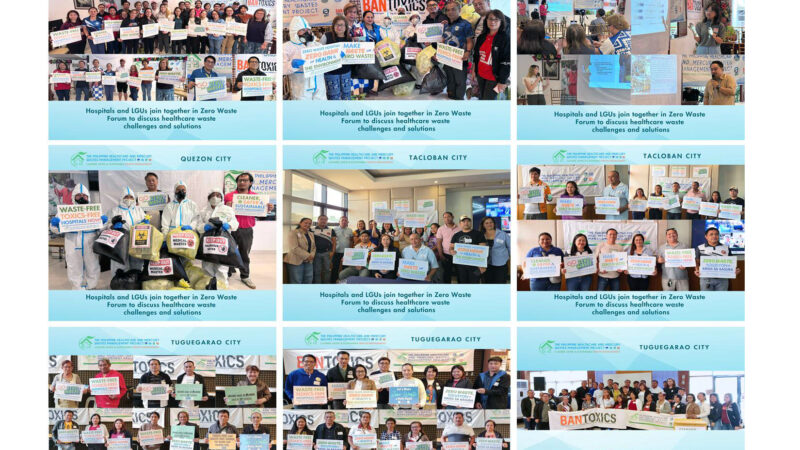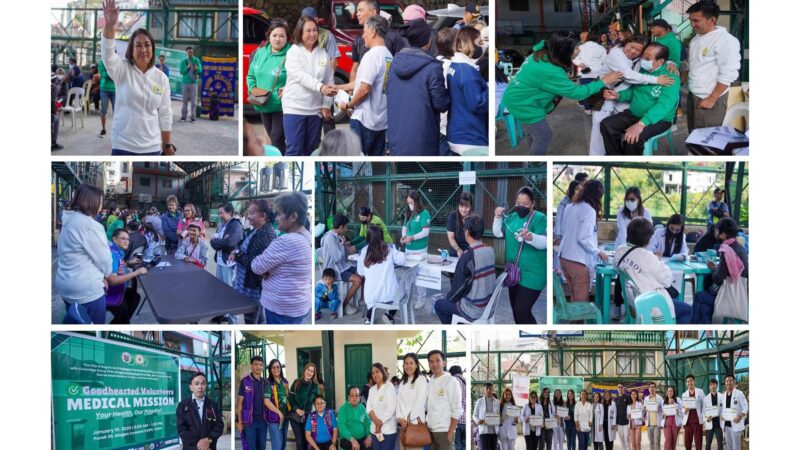HIV/AIDS in Baguio gradually increase, aggressive IEC and testing needed, IRR for legislative measure awaited

As data show an increase in Human Immunodeficiency Virus/Acquired Immunodeficiency Syndrome (HIV/AIDS) in the city, efforts to prevent and control it have also increased.
One way is through the Baguio City HIV/AIDS Prevention Ordinance (Ordinance 16, series of 2021), for which the Implementing Rules and Regulations (IRR) are being discussed by concerned agencies, including the Health Services Office – Reproductive Health and Wellness Center (HSO-RHWC) led by Nurse Gay Hope Alangsab, and representatives from Balay Marvi, Baguio Association of Night Spots (BANS), Philippine Association of Medical Technologists (PAMET), Family Planning Organization of the Philippines (FPOP), Transcend, Baguio General Hospital and Medical Center (BGHMC), People With Disability Affairs Office (PDAO) and other concerned agencies.
Committee chair on Health and Sanitation, Ecology and Environmental Concerns Councilor Betty Lourdes Tabanda and Councilor Levy Lloyd Orcales as committee chair on the youth also attended the meetings for the finalization of the IRR.
In the city, there were 21 HIV/AIDS cases in 2019; at least 14 cases in 2020; 31 in 2021; 56 in 2022; and from January to June 2023, there were 19 new cases.
Aggressive information campaign is being done by the HSO – RHWC, with calls for HIV-AIDS testing especially for key and vulnerable population; men having sex with men (MSM) or with women (MSW) or both men and women, transgender women, female sex workers and people in prostitution, people who use/inject drugs, young sex population, and, women and children, it was reported.
According to Health Services Office in-charge Dr. Celia Flor Brillantes, efforts are extended to persuade the key and vulnerable population to be tested, properly diagnosed and enrolled in anti-retroviral treatment (ART) at a rate of 95%, so as to render the virus non-transmissible. Viral load should be lowered and suppressed to allow People Living with HIV (PLHIV) live normal lives.
Data shows that not all key and vulnerable population have access to preventive services or are practicing protective behavior; and not all PLHIVs are diagnosed and not all diagnosed PLHIVs are on life -saving ART.
An ART is a medical regimen which reduces and keeps the amount of virus under control, and helps keep an HIV- positive individual healthy. Other conditions, including illness of other sources however, can persist even with ART.
As to HIV cases enrolled in the Reproductive Health and Wellness Center (RHWC), 60.37% are from Baguio, 11.94% from the CAR, and 27.67% from non-CAR area. It is reported, however, that from the target of 95% in 2022; 71.42% viral load is covered and 91.11% is virally suppressed. With the same target, the first semester of 2023 has 88.88% viral load covered and 100% virally suppressed. – JGF with reports from the HSO-RHWC.







